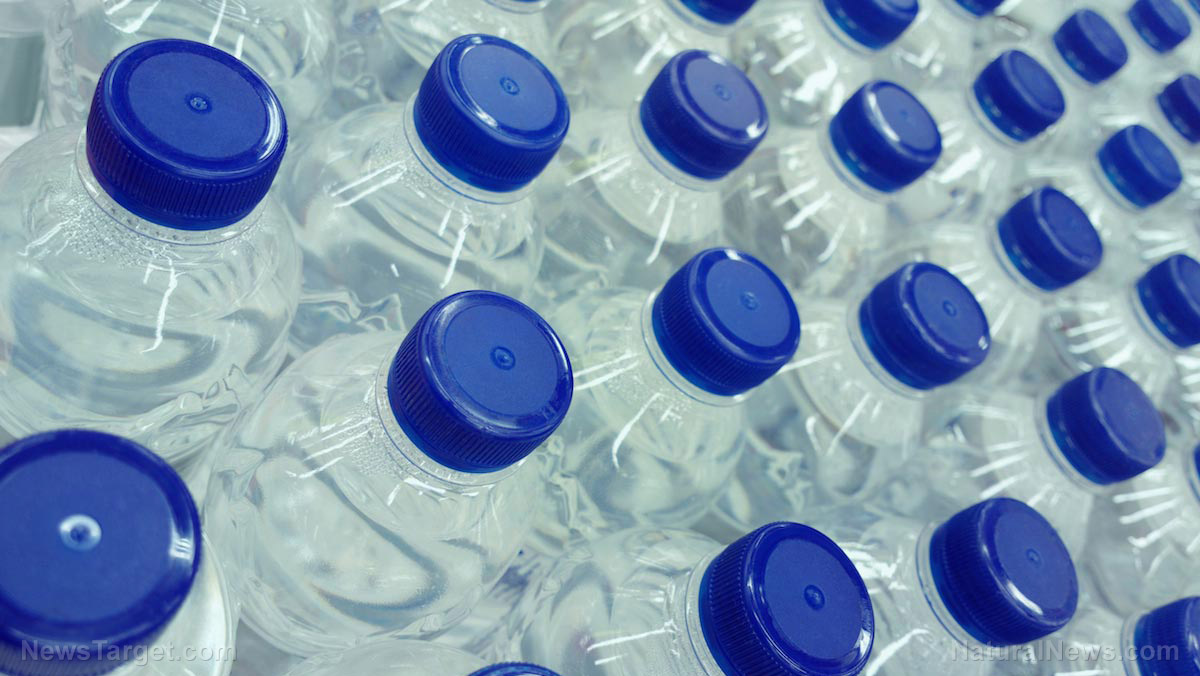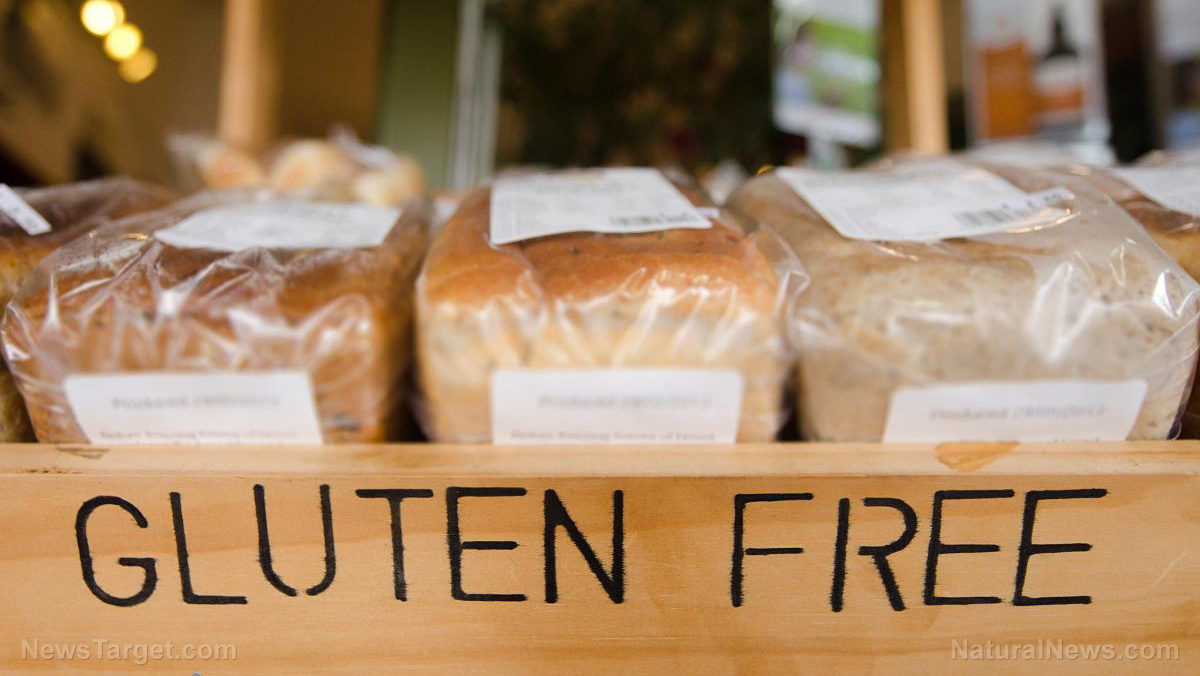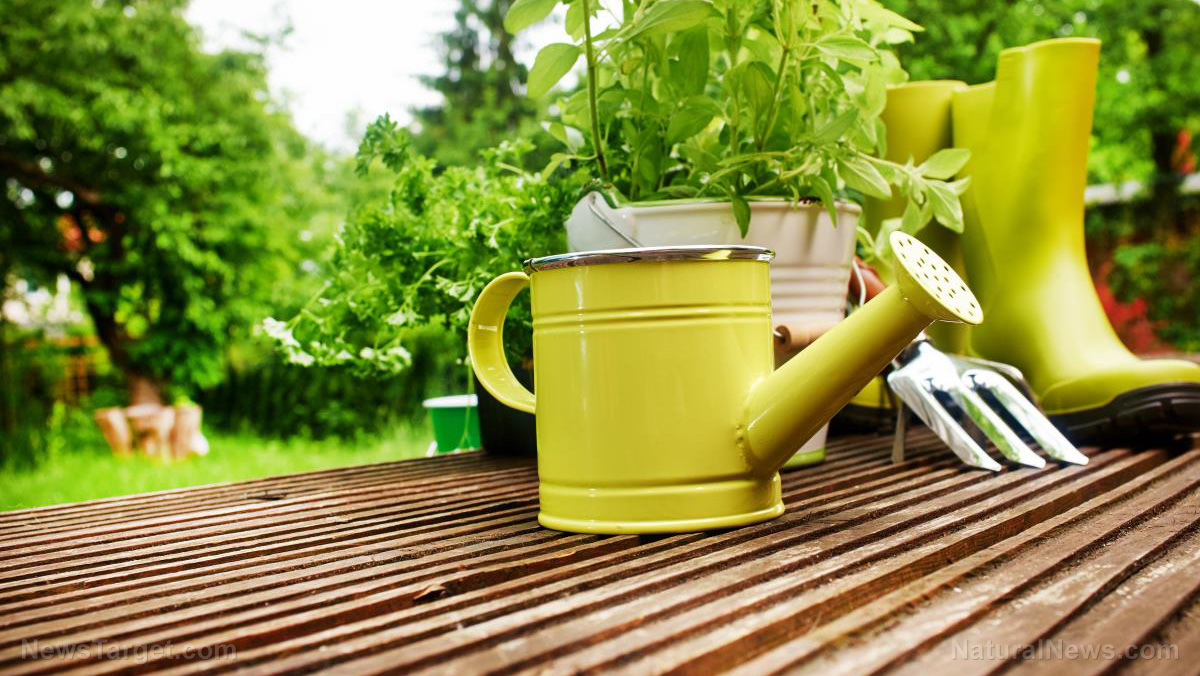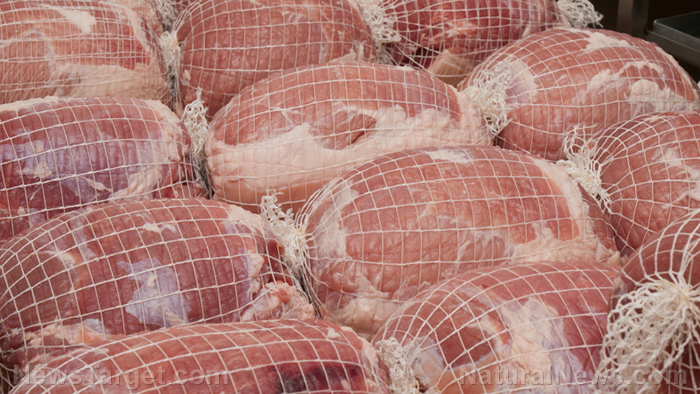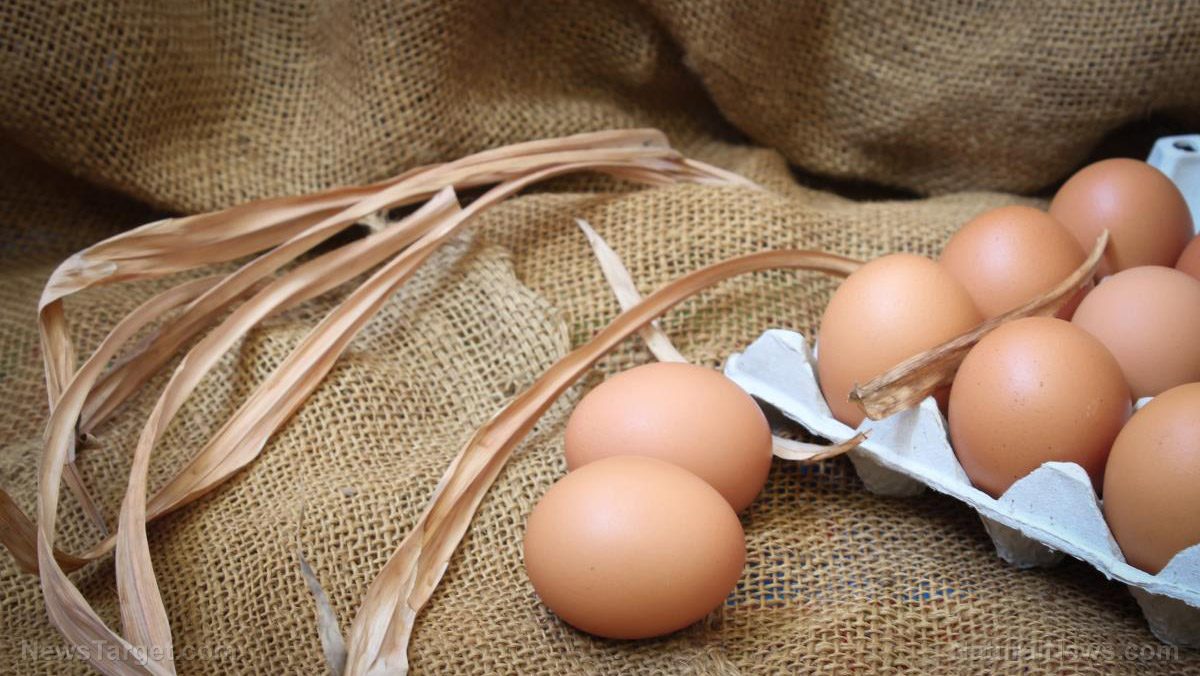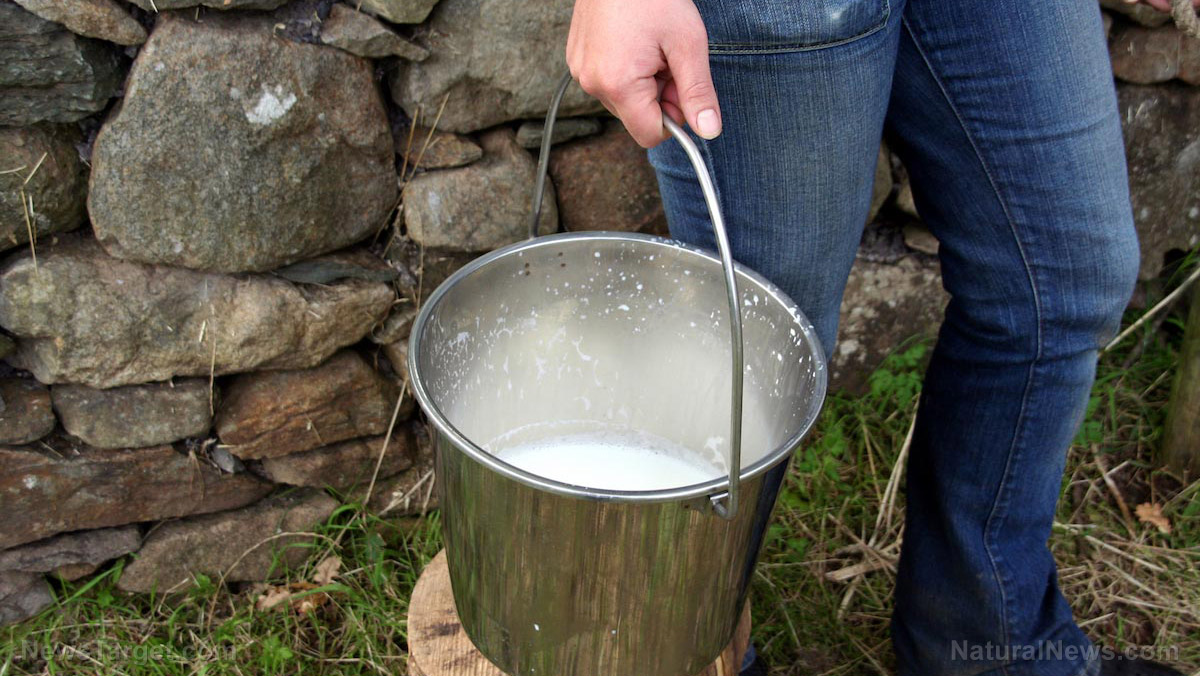An easy guide to starting your own organic garden in your home today
08/07/2018 / By RJ Jhonson

If you want to eat the best fruits and vegetables, you can’t go wrong with organic produce. However, their price can be too prohibitive, especially when compared to farmed, mass-produced fare. Instead of going down the easier, cheaper road and risking your health and your family’s in the process, you can opt to build an organic garden at home. It’s anything but a breeze in the beginning, but it becomes easier with time and as long as you know how to kick it off.
Before you begin, it pays to keep in mind that not everything will fall into place perfectly, especially if you’re a first-time gardener. Maybe you’ll lose a few plants to pests or maybe a few seedlings simply won’t grow. But the journey will get better. If you’re unsure, it’s always great to start out small with one or two plants and take it from there.
Get the right tools for the job
You don’t need complex equipment to get started. Here are some handy tools you’ll need:
- Clippers
- Compost pit
- Garden gloves
- Soil test kit
- Trowel
- Watering can
Prepare the soil
To get the best results, you need properly conditioned soil. Chemical treatments are available on the market, but these aren’t recommended as you might end up ingesting toxins once you eat your produce. The chemicals may also harm the bacteria, fungi, worms, and other organisms in the soil that could potentially benefit your plants.
You can test your soil’s quality using a test kit. If this isn’t available, you can go to your local agricultural office for a breakdown of nutrient levels and treatment recommendations. The test is best performed in the fall and the nutrients applied before winter.
Make your compost
Humus nourishes your soil. You can obtain it by making your own compost box or pile, composed of carbon material (leaves and garden trimmings) and nitrogen material (kitchen scraps and manure) layers. Between each layer should be a thin layer of soil. A four- to six-inch layer of soil needs to be added at the very top.
Every time you add a new layer of material, make sure to turn your compost. Keeping the layers damp will encourage the growth of decomposer microbes, which will convert the materials into organic fertilizer for your garden. If your compost smells (it shouldn’t), you need to add more carbon material and turn it more often.
Choose your plants
If you’re a first-timer, you can ask your more experienced peers for suggestions on which plants to choose. You can also visit your local farmer’s market for native plant varieties that are suited to your area.
It’s important to group your plants properly. For example, vegetables, herbs, and flowers need to stay with each other. This will allow you to economize on water and weeding while maximizing the coverage and effectiveness of your fertilizers.
However, make sure that your plants are adequately spaced from each other to allow for growth. This will also help promote air circulation and improve their defense against fungal attacks.
Water at the right time
The best time to water your plants is during the morning as the cool temperature reduces the evaporation of water. Watering your plants in the late afternoon leaves your plants damp overnight, which makes them more prone to fungal and bacterial diseases.
Remove weeds
Weeds compete with your plants for nutrients, so removing them will cause your garden to thrive. Weeding is best done by hand. To reduce the number of weeds in your garden, you can add mulch.
Eliminate pests
You can’t leave pests alone or you risk losing your plants as a result. The good news is that you can keep them at bay without having to resort to harmful and toxic pesticides. First, you need to make sure that your plants are getting enough sunlight, water, and nutrients. After all, the healthier your plants are, the more capable they are of protecting themselves. Keeping your garden diverse is also an effective deterrent as it limits the number of plants that a certain pest can feed on.
You may also let Mother Nature do the work for you by inviting the pests’ natural enemies. You can encourage animals like lizards, frogs, ladybugs, birds, and even bats to come to your garden by leaving small sources of water. You can also plant small flowering plants like sweet alyssum and dill.
Instead of using chemical insecticides, you can use safer alternatives like insecticidal soap, garlic, horticultural oils, and black pepper sprays.
Harvest your produce
In harvesting, use scissors or a sharp knife instead of just your hand to reduce damage to the plant tissue. You need to check your garden every day during harvest season to ensure that you’re not missing any ripe produce. Your plants will likely produce more the more you harvest.
Clean up
Any sick plants need to be pulled out completely as any part left – such as fallen leaves – can infect other plants. You can bury them at least a foot deep or burn in a bonfire.
Over the winter, you can leave your plants in place. This provides cover for your soil and some food for wild birds and other animals. If you have annuals, cut them off instead of pulling them from the ground as this prevents damage to the soil.
Find more tips on keeping your own organic garden at HomeGardeningNews.com.
Sources include:
Tagged Under: clean foods, food freedom, food independence, food safety, fresh foods, fruits and vegetables, gardening, gardening tools, green living, home garden, Homestead, homesteading, how to, Off-the-grid living, Organic Fertilizer, organic garden, organics, sustainable living



